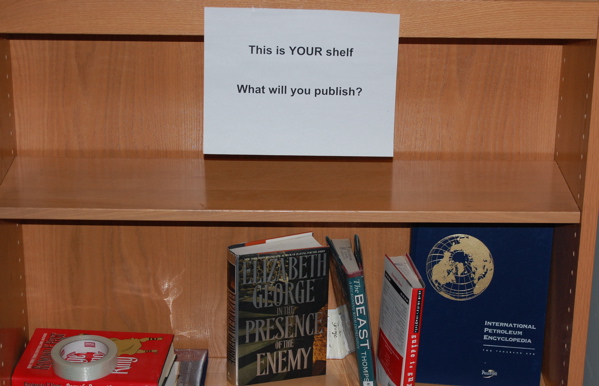
After all the time and energy you spend crafting your stories, you want to know the literary magazine you’re submitting to will be a good home for your work. With so many disreputable publications out there, how do you differentiate between high-quality magazines you should be thrilled to get in and poor publications you should run from? Here are a few signs you’ll want to watch for when scouting possible literary magazines to submit to.
Bad Sign: They ask contributors to pay.
Run! You should never be asked to pay to have your work published. Keep in mind, this is not the same as a reading fee. Although a reading fee is a major red flag for a literary agent, it’s common (albeit debatable) practice for literary magazines. Many publications put these fees, which are usually two to five dollars) toward their online submission system. But if a publication asks for money after acceptance, that’s not a publication you want to be involved with.
Bad Sign: The submission guidelines are nonexistent or out of date.
Submission guidelines should always be easy to find, thorough, and current. They should list basics like accepted genres and word counts and describe the overall aesthetic of the publication, as well as how to submit. They may also list turnaround time, pay specifics, and which rights they’re purchasing on acceptance. Don’t be surprised if the magazine’s “Submission Guidelines” link takes you directly to their Submittable page, with the guidelines listed right beside the submit button.
Good Sign: The work is high quality.
Of course, the easiest way to determine if a publication meets your standards is to check it out! Purchase a copy, or for a free online publication, peruse some of the old issues. At the very least, research some of the magazine’s previous contributors and see what else they’re doing.
Bad Sign: There’s no masthead.
The website for a literary magazine should always include a masthead listing the names of the editorial staff. See who’s working on the magazine. What else have they done? Are they people you would trust with your work?
Good Sign: The magazine publishes regularly.
Check their recent issues. Are they publishing regularly, and have they put out an issue within the last year? If not, this magazine may be defunct or at best, struggling. When you submit a piece, you want to know an acceptance means it will be published in a timely manner. If you’re not convinced of that, find somewhere else to submit.
Good Sign: The publication is affiliated with a college or university.
Many of the country’s leading lit mags are affiliated with writing programs at universities. If that’s the case, you can bet they’re publishing issues on a regular schedule (probably determined by the school year), and the staff are passionate and knowledgeable.
Bad Sign: The site has ads, typos, or broken links.
If the publication’s website is riddled with advertisements, their main agenda is not putting out high-quality work. Of course, the site for a literary magazine should be professional and well-edited. If you see lots of typos and grammatical mistakes, this is not a reputable publication. Broken links mean the site is not being maintained and updated and either points to a defunct publication or inattentive staff. While we’re on the note, if the publication does not have a website at all—maybe it’s soliciting submissions on social media—it’s not a reputable magazine.
Bad Sign: The first issue was extremely recent.
There’s nothing necessarily wrong with submitting to a young magazine. They’re typically not as selective as more established publications, which means the acceptance won’t mean as much, but it’s a great way to start getting publication credits under your belt. But when you’re submitting to a newer publication, do your research. Check out the editors. Pay even more attention to the other elements listed above.
Duotrope has specific criteria a publication must meet to be listed with them. That can help you weed out disreputable magazines quickly. Even if you’re not a Duotrope member, you can do a web search for the name of the lit mag combined with “Duotrope” and view the listing. If you see the publication listed on Duotrope, you know it at least meets their criteria, including:
- Accepts unsolicited submissions
- Has an official, regularly updated website
- Displays complete submission guidelines
- Does not charge fees for publications
- Actively reads and curates submissions
- Has an established publication history and publishes regularly
Duotrope also makes notes on listings for publications that are likely defunct and “fledgling” publications that published their first issue less than six months previous.
When you’re ready to send your work into the world, take the time to thoroughly vet every lit mag you consider. Place your writing with publications you’ll be proud to be part of.
Photo by Will Richardson



